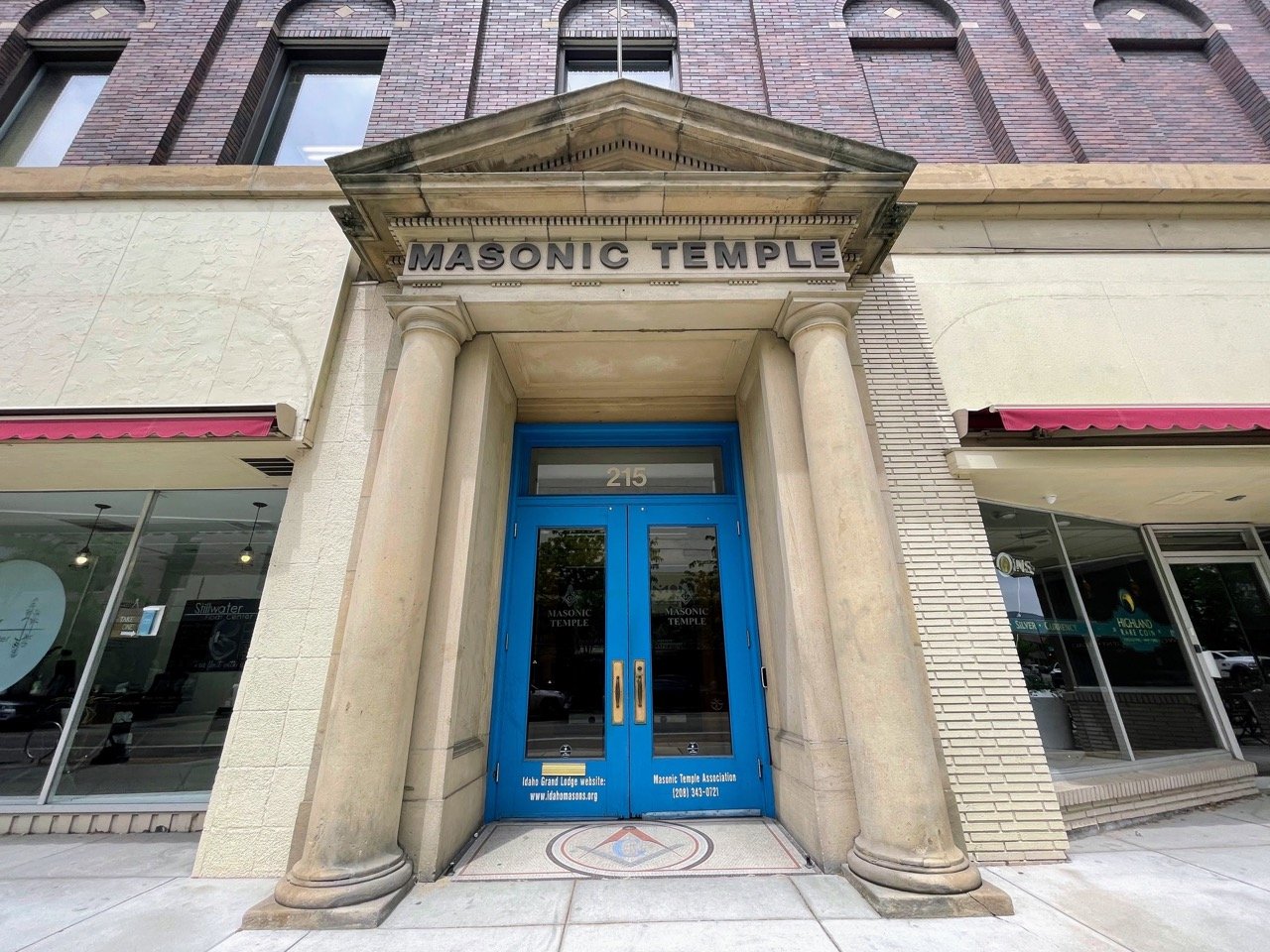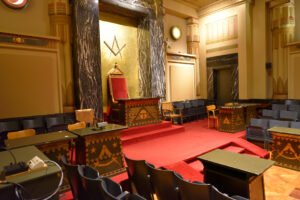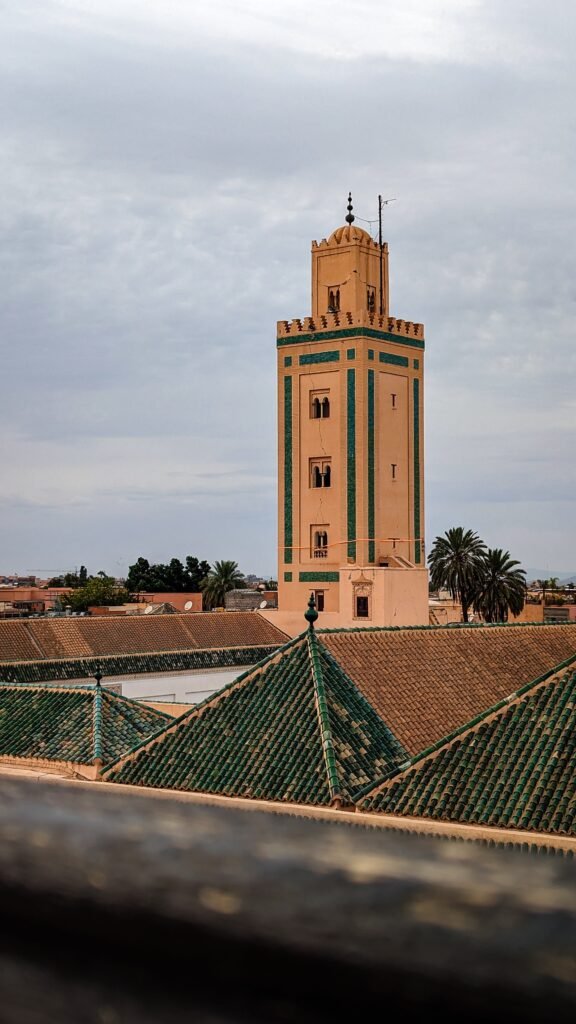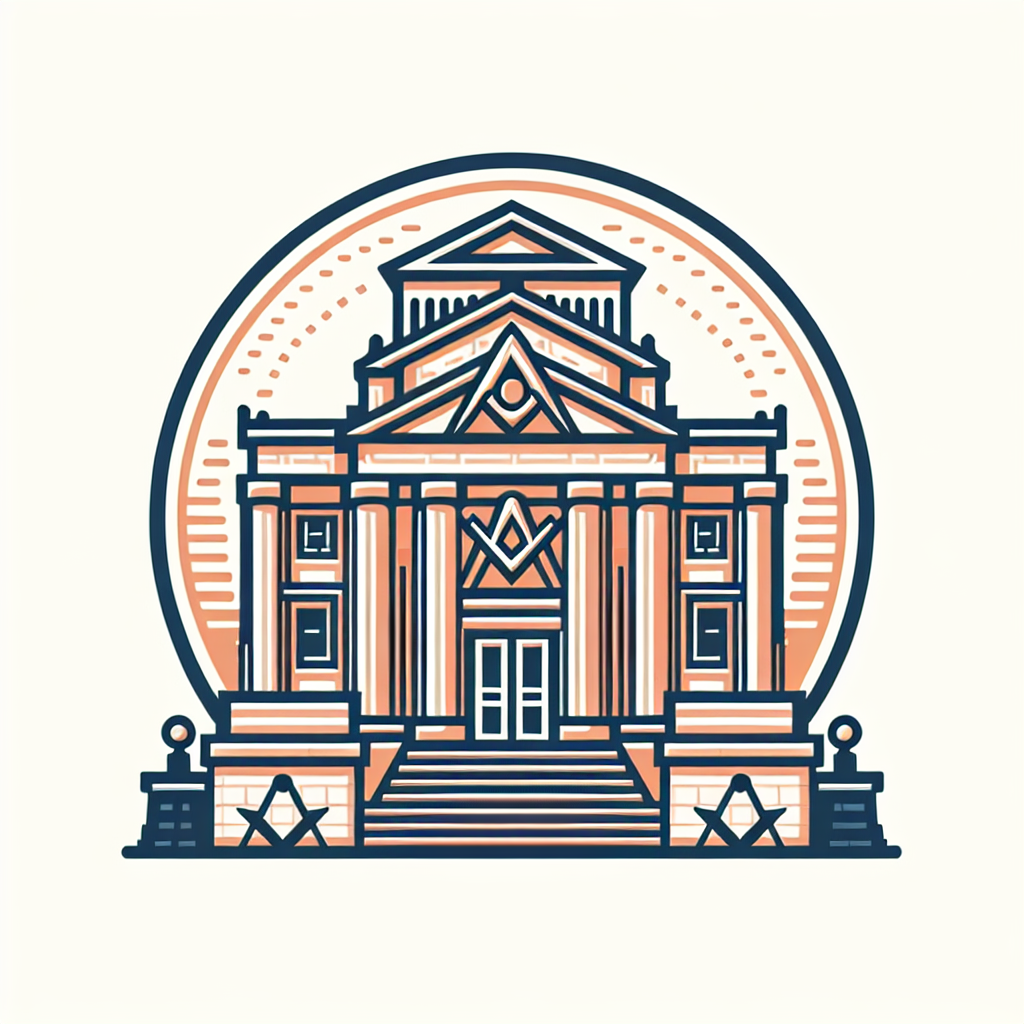
With an aura of mystery shrouding it, a Masonic Temple often piques people’s curiosity. We’ll demystify this intriguing topic for you. Envision the towering, grand structures where Freemasons, a fraternal organization of brotherly love, relief, and truth, gather for their meetings. These temples are adorned with profound, symbolic artistry, telling a captivating narrative of the Masonic history and doctrines. Brace yourself as we take a fascinating journey into the world of Masonic Temples.

Definition of a Masonic Temple
A Masonic Temple is a gathering place for Freemasons, a fraternal organization that traces its roots back to the local fraternities of stonemasons. These temples serve as significant symbols in the wide-ranging and storied history of Masonic tradition.
Description of a Masonic Temple
Masonic Temples can be identified by their distinctive architecture and symbolic designs. From the outside, these temples often resemble grand, elegant buildings, featuring pillars, ornate symbols, and complex geometric patterns. Inside, you can find a myriad of rooms, each serving a specific purpose in the practice of Freemasonry.
Purpose of a Masonic Temple
There’s more to a Masonic Temple than its aesthetic appeal. It serves as the meeting place for Masons where they conduct various ceremonies, rituals, and gatherings. The temple also functions as a symbolic representation of the organization’s beliefs, traditions, and practices.
Historical Background of Masonic Temples
The Genesis of the Masonic Temple
The first Masonic Temple traces its history back to the 18th century when the Freemasons began building their own dedicated lodges. These served as a refuge for their members, a space for them to convene, communicate, and carry out their societies’ practices.
Evolution of Masonic Temples Over Time
As the fraternity grew, so did their temples. They evolved from simple meeting rooms to lavishly adorned buildings. Changes in architectural trends and societal norms over the centuries have caused the design and purpose of these temples to adapt and change.
Significant Historical Masonic Temples
Certain temples hold significant historical value due to their architecture or events that occurred within their walls. One such example is the United Grand Lodge of England in London, one of the oldest and most famous Masonic Temples.
Architectural Styles of Masonic Temples
Common Architectural Styles
Masonic Temples are often built in a Neoclassical or Beaux-Arts style, reminiscent of grandeur and opulence. They may feature large pillars, sweeping archways, and lush detail work.
Symbolism in the Architecture
The architecture of a Masonic Temple is often laden with symbolism. Squares, compasses, and stars are some of the many symbols incorporated into the design. These symbols each carry a specific significance related to Masonic teachings and beliefs.
Recognizing a Masonic Temple by its Architecture
Despite their grandeur, Masonic Temples can sometimes blend into their urban environments. However, the telltale signs are their symbolic decorations, often found adorning the entrances or facades, though they might be discreet.
Symbolism within the Masonic Temple
Masonic Symbols Explained

Masonic Temples are rich in symbolism. The compass and the square represent morality and integrity, the pillars denote wisdom and strength, and the star symbolizes guidance on their spiritual path, among many others.
Symbolism in Masonic Temple Design
The design of the Temple itself carries symbolic meaning. For instance, the east-west alignment of the building represents the course of the sun, reinforcing the Masonic teaching of the importance of life and vitality.
Rituals Conducted in Masonic Temples
Specifics of Masonic Rituals
The rituals conducted by Freemasons are a significant part of their tradition. These symbolic ceremonies, performed within the Masonic Temple, can range from initiation ceremonies for new members to the annual installation of lodge officers.
Significance of Masonic Rituals
These rituals serve to engage members, bind them together, and pass along Masonic teachings. They provide a shared experience that reinforces unity and camaraderie among the brothers.
Ritual Tools and their Symbolism
The tools used during Masonic rituals carry distinct symbolism. For instance, the gavel represents the authority of the Master of the lodge, while the square and compass are tools of the stonemason, symbolizing morality and spiritual enlightenment.
Different Rooms in a Masonic Temple
The Lodge Room
The Lodge Room is the main gathering area, where meetings and ceremonies take place. It’s usually decorated with Masonic symbols and aligned from east to west.
The Dining Room
The Dining Room plays an integral role in promoting fraternity among Masons. Often referred to as the ‘festive board,’ it’s where members share meals and engage in conversation.
The Preparation Room
The Preparation Room is where new initiates are prepared for their initiation ceremony. This room symbolizes a transition from the outer world into the world of Freemasonry.

Roles of Women in Masonic Temples
Historical Roles of Women
Historically, Freemasonry was an all-male organization. However, some branches of Freemasonry, such as the Order of the Eastern Star, were created for women and men to participate together.
Modern Roles of Women in Masonic Temples
In contemporary times, women’s roles within Masonic Temples have evolved. Some jurisdictions now permit women to become full members, while others operate ‘female-only’ lodges.
International Masonic Temples
Notable Masonic Temples Worldwide
Masonic Temples can be found across the globe. Notable temples include the George Washington Masonic National Memorial in the United States, the Grand Lodge in Israel, and the Grand Lodge of Scotland.
Variations in Masonic Temples Across Different Regions
Although Masonic Temples generally follow a similar design, variations exist across different regions due to local influences, architectural trends, and the customs of the regional Masonic body.

Controversies Surrounding Masonic Temples
Common Misconceptions About Masonic Temples
There are a number of misconceptions about Masonic Temples, primarily due to their secretive nature. Some believe them to be places of dark rituals or conspiracy theories, but these are largely unfounded myths.
Controversial Issues within the Masonic Community
Just like any organization, the Masonic fraternity faces its own set of controversies, including the issue of inclusivity and transparency. Recent changes in these areas have sparked debates within the community.
The Future of Masonic Temples
Modern Challenges
Modern Masonic Temples face a range of challenges, including dwindling membership, maintenance of historic buildings, and expanding their societal role beyond the fraternity.
Preservation Efforts
Preservation efforts are important to maintain these historic temples. To that end, many are now listed as historic monuments and receive aid for restoration and upkeep.
The Future Role of Masonic Temples in Society
The future role of Masonic Temples in society remains to be seen. Improvements in inclusivity, opening up their doors to the public, and community involvement are some ways they can maintain relevance in the modern world.












